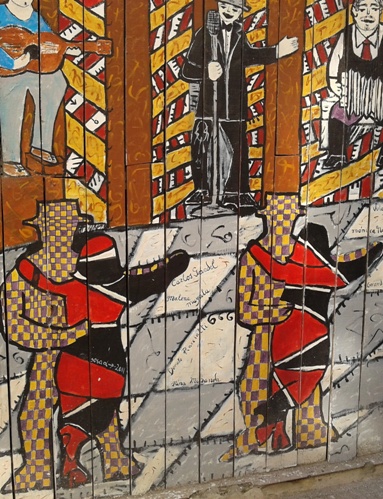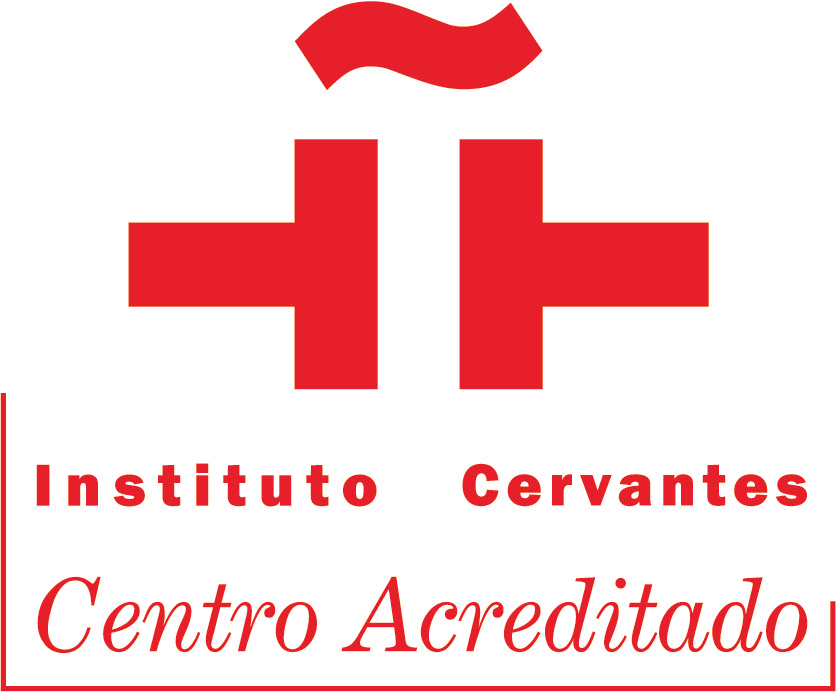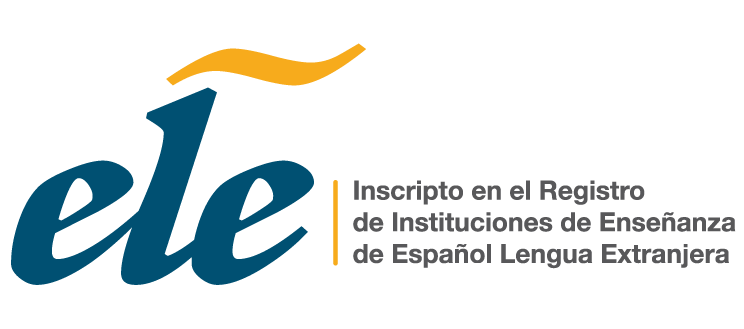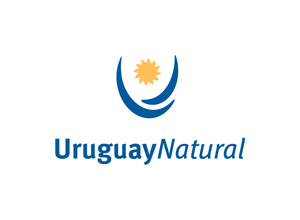The Tango and the Candombe are the musical and artistic expressions that best embody Uruguayan culture. Both styles were declared of Intangible Cultural Heritage by UNESCO in 2009. In Montevideo you can attend numerous activities related to these popular styles.
 The Tango has its cultural roots in the history of the immigrants who arrived on these lands during the second half of the nineteenth century. The origin of the Candombe was even earlier in time, dating back to the colonial era of Montevideo when the Africans who were sold as slaves adopted the distinctive lilting rhythm as a ritual to honour their gods.
The Tango has its cultural roots in the history of the immigrants who arrived on these lands during the second half of the nineteenth century. The origin of the Candombe was even earlier in time, dating back to the colonial era of Montevideo when the Africans who were sold as slaves adopted the distinctive lilting rhythm as a ritual to honour their gods.
To talk of tango is to talk of Carlos Gardel (The Songbird), of Julio Sosa (The Man of Tango), it’s to talk of Mattos Rodriguez (the creator of the most famous tango in history; the most frequently listened to and widely played “La Cumparsita”), and it’s to talk of milonga and arrabal.
See also “Spanish and Tango” in the “Training and Fees” section of this site.
To talk of Candombe is to talk of Barrio Sur and Palermo neighbourhoods, it’s to talk of Rosa Luna and Marta Gularte (the two biggest Candombe stars), it’s to talk of Morenada, the Conventillo del Medio Mundo and of the incredible vocals and drumming of Ruben “El Negro” Rada.
The strength and influence of both styles is evident in their permeation into other musical genres and branches of art. Examples include the Candombe beat in Rada’s music, or the electronic tango of Bajofondo, and the paintings of Figari or of Páez Vilaró.











